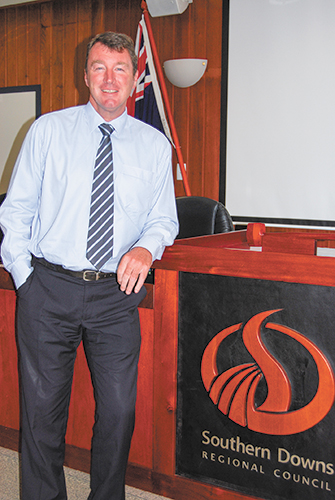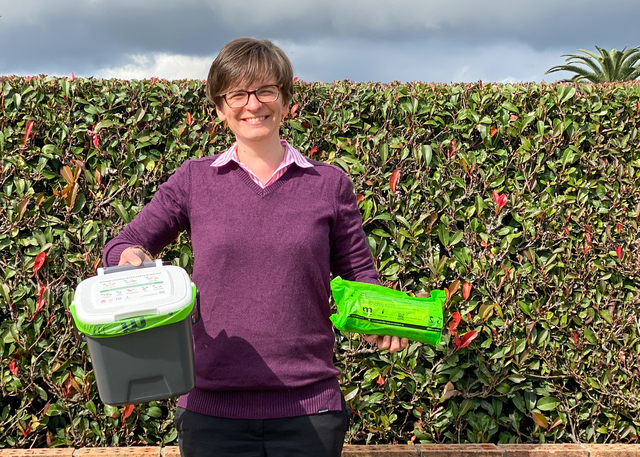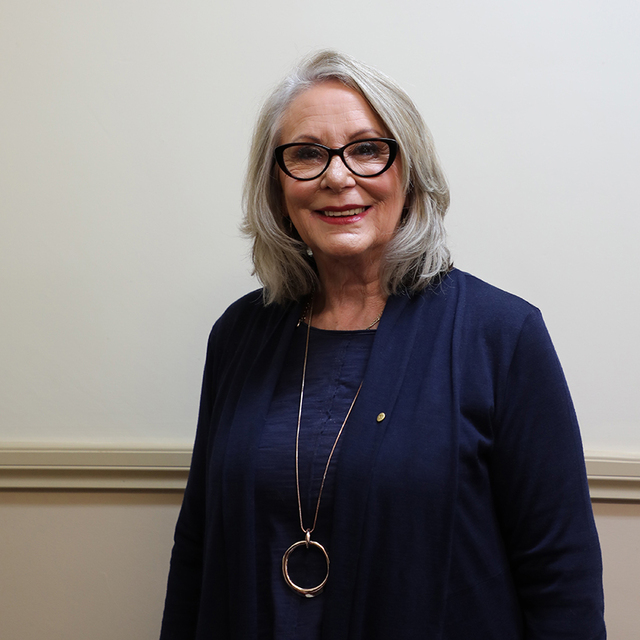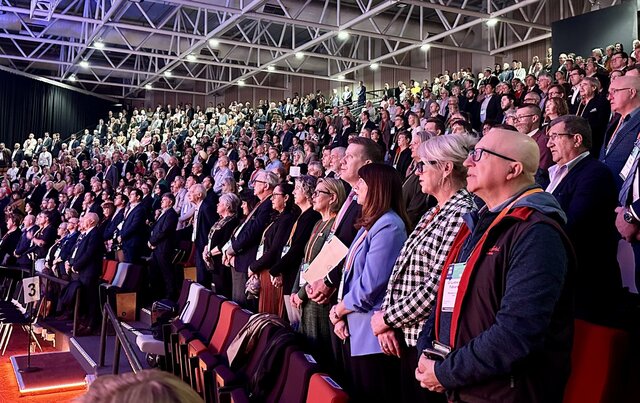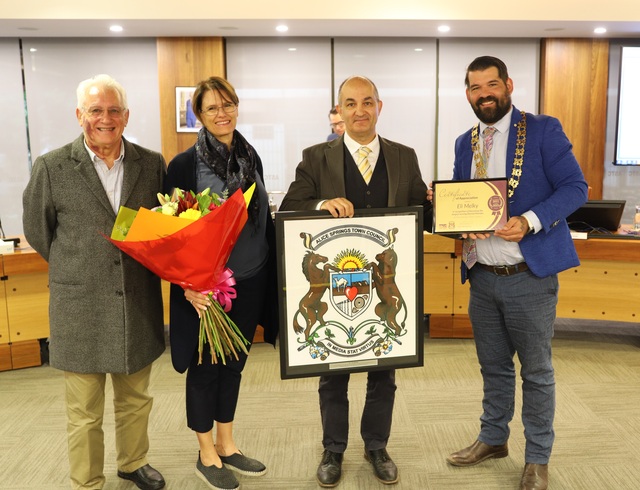By David Keenan, Chief Executive Officer of Southern Downs Regional Council
The Southern Downs Regional Council has recently submitted a response to a parliamentary inquiry into the long-term financial sustainability of local government.
By way of background, Southern Downs is located in the Darling Downs region of Queensland, along the state’s boundary with New South Wales. It has an area of 7,120 km2, and a population of 35,996 (2010).
The region is home to some of the oldest towns and villages in Queensland. Each has a story of its own, history carved into restored buildings, churches, museums and attractions found in quaint downtowns.
As Chief Executive Officer of the Southern Downs Regional Council, I authored the response to the Queensland parliamentary enquiry and said in my submission that I believe greater intervention ought to be considered by the State Government where local governments are at risk of developing financial difficulty.
State government could intervene when decisions are made that have the potential to impact on communities over a long period of time. The Department should have a higher level of scrutiny in relation to the formulation, adaptation and management of the Council Budget.
In my view, intervention should occur when a Council cannot meet expenses or is borrowing money to pay operating expenses. The Department of Local Government should at this point offer guidance – which may lead to more direct intervention.
I believe it would be appropriate to have a representative from the Department participate in the Audit and Risk Management Committee meeting to obtain a better understanding of the financial issues for each local government authority. At a minimum, the representative should attend at least one Audit and Risk Management Committee meeting per annum.
Southern Downs Regional Council offers an open Budget process in a bid to ensure transparency. This feedback informs Council’s decision-making processes.
Our council is one of only a few that encourages direct feedback on a draft budget from the community.
I identified another issue that affects any community with seasonal population fluidity. Financial Assistance Grants are determined on per head of population and on roads, for example, yet they don’t take into account the financial impact of temporary population increases on the level of services delivered by local government.
For example, each year the population of Stanthorpe increases by between 5000 and 8000 people as those involved in fruit and vegetable harvesting are attracted to the region. The influx of workers doubles the size of the existing population and places additional requirements on Council.
Councils have no incentives to make financially sustainable decisions, and the only penalties or limitations placed on Council are the elections, held every four years. The political outcomes of financially unsustainable decision-making are noted, but should there be other incentives or limitations applied?
It’s my opinion that the combination of these measures would assist local government authorities to operate in a responsible and sustainable manner.By David Keenan, Chief Executive Officer of Southern Downs Regional Council

